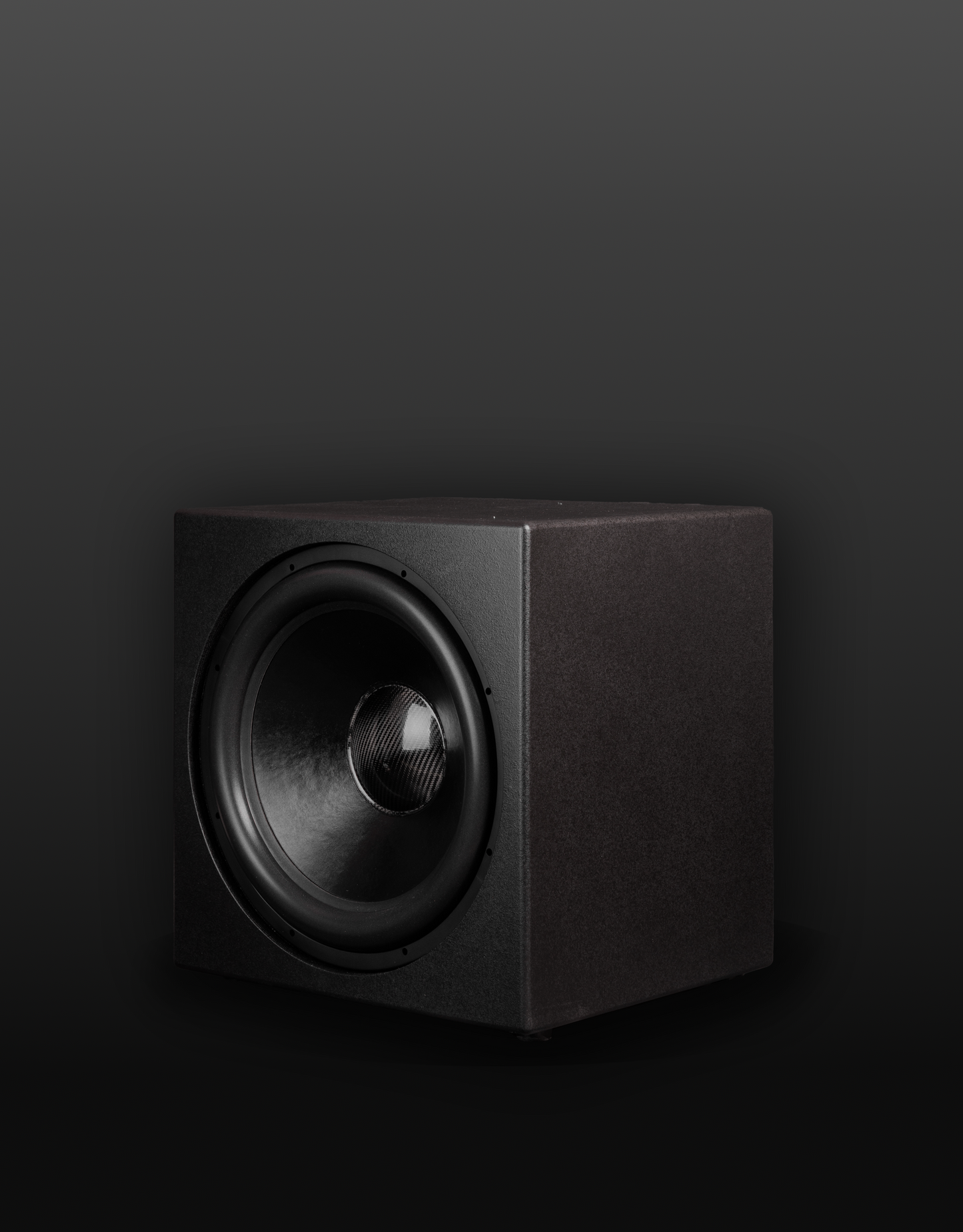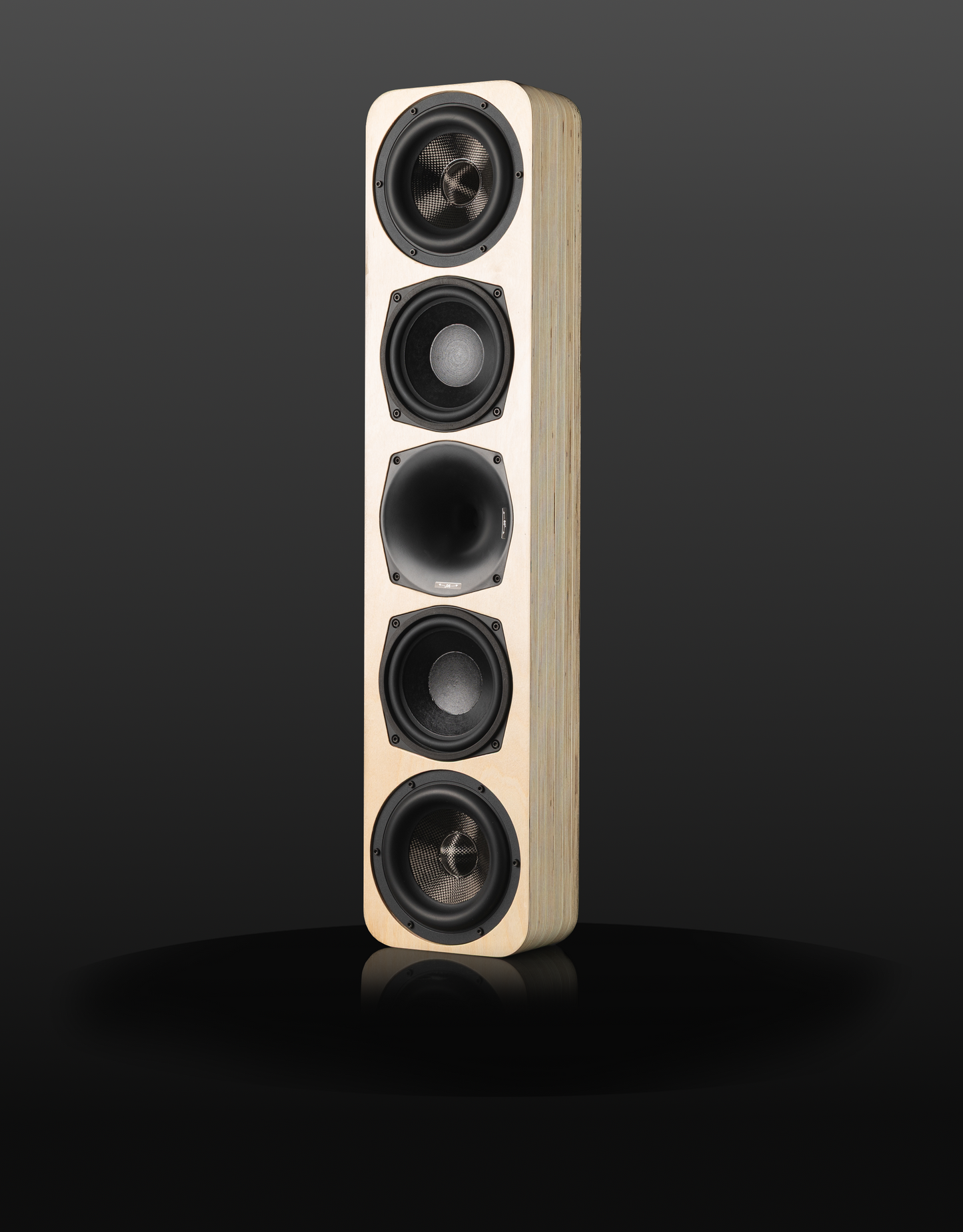
The subwoofer is one of the most important parts of your home theater system. Without it, your movies will feel flat, missing the deep rumble of explosions, soundtracks, and action scenes that make the theater experience so exciting. A subwoofer adds the bass that brings the action to life, making you feel every crash and boom as if you were part of the scene.
Why Do You Need a Subwoofer?
Subwoofers deliver low-frequency sounds—the deep bass notes that you can feel in your chest. These sounds are essential for creating an immersive home theater experience, as other speakers can’t produce bass like a subwoofer can. With so many options available, here’s how to choose the right one for your space.
Room Sound Treatments
The room itself affects how your subwoofer and other speakers sound. Sound bounces off hard surfaces like walls and floors, creating echoes and distorting the audio. Simple sound treatments can fix this and improve your listening experience:
- Sound Panels: Made of materials like fiberglass, they absorb sound waves to reduce echoes.
- Acoustic Curtains: Block outside noise and light while absorbing sound waves, similar to what you see in commercial theaters.
- Speaker Isolators: These reduce vibrations traveling through floors and walls, focusing sound where it matters most.
- Bass Traps: These absorb low-frequency sounds to prevent unwanted bass from muddying your audio.
Adding these treatments can help your subwoofer and other speakers perform better.
How Do I Choose the Right Subwoofer?
Step 1: Measure Your Room Size
The size of your room is a key factor in choosing a subwoofer. Measure your room’s cubic footage (length × width × height). Here’s a general guide:
- Small to Medium Rooms (1,000–2,500 cubic feet): Sealed subwoofers work well here.
- Medium to Large Rooms (2,500–4,000 cubic feet): Ported subwoofers offer more power.
- Extra-Large Rooms (4,000+ cubic feet): You may need multiple subwoofers to fill the space.
Step 2: Sealed vs. Ported Subwoofers
- Sealed Subwoofers: These are compact and produce clean, precise bass. They’re great for smaller rooms and critical listening but don’t get as loud as ported subwoofers.
- Ported Subwoofers: These have vents (or ports) that allow for louder bass. They’re ideal for larger rooms or if you want a cinema-like experience with big, impactful sound.
Step 3: Single vs. Multiple Subwoofers
Using multiple subwoofers can balance the bass throughout your room, eliminating “dead spots” where the bass feels weak. Here’s what to consider:
- Single Subwoofer: Simple setup, but it might create uneven bass in some areas.
- Multiple Subwoofers: Better bass distribution and overall quality. You can even mix sealed and ported subwoofers, but they need proper tuning to work together.
Step 4: Placement Matters
Where you place your subwoofer affects how it sounds. Avoid tight corners, as they can make the bass too boomy. For best results:
- Place the subwoofer a few feet away from your seating area.
- For multiple subwoofers, position them at the front of the room or on opposite walls for even bass coverage.
Step 5: AVR and Sound Processing
Your AVR (audio/video receiver) needs to support your subwoofers. Some higher-end AVRs allow fine-tuning for multiple subwoofers, but you can also use tools like:
- Splitter Cables: To send the signal to multiple subwoofers.
- Mini DSP: For advanced tuning, adjusting timing, and improving overall sound quality.
Recommended Subwoofers and AVRs
For beginners, we recommend:
- AVRs: Onkyo, Denon and Marantz models are user-friendly and reliable.
- Subwoofers: SVS sealed or ported models are great for small to medium spaces.
For enthusiasts looking for more power:
- Subwoofers: JTR subwoofers are some of the loudest and most powerful options on the market.
Conclusion
To set up your perfect home theater:
- Calculate your room’s cubic footage.
- Add sound treatments to improve acoustics.
- Decide between a sealed or ported subwoofer based on your room size and desired experience.
- Consider using multiple subwoofers for better bass distribution.
- Choose an AVR that fits your needs and supports your setup.
Whether you prefer the deep, rumbling bass of a ported subwoofer or the refined clarity of a sealed one, the right subwoofer will transform your movie nights into unforgettable experiences.
This article was written in collaboration with John Hindert - Obsessed Garage Product Support Specialist





